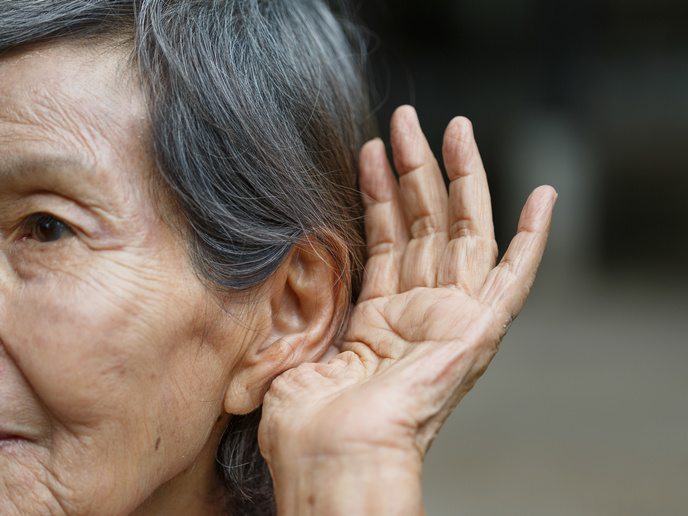The highs and lows of glycaemia from diet
The glycaemic index (GI) of a carbohydrate food gives it a rating as to how rapidly it induces an elevation in blood glucose levels. For people suffering with type II diabetes, this can be crucial in fending off an unwelcome surge or drop in blood glucose levels. A Lyon-based team of scientists at the Centre of Research for Human Nutrition have investigated the effects of GI on other aspects of human metabolism. In order to do this, they subjected two healthy overweight groups of people to two diets - one low GI (LGI) and the other high GI (HGI) to replace the starchy foods in their normal diet. The diets only varied as far as GI was concerned. Other parameters - calorie intake, protein, carbohydrate and fat levels were all identical. At breakfast on the first day of the regime, glucose levels were monitored after the meal using 13C labelled food. Overall, total glucose from both exogenous and endogenous sources tended to be lower with the LGI biscuits than after the HGI cereal. However, more detailed analysis over the total diet period revealed a potentially different picture. On the first and the last day of five weeks, the matched groups were monitored for a whole range of parameters that would reflect their glucose and lipid metabolism. These included their weight, glycaemic, insulinic and lipid blood profile, body composition and metabolism. For glucose appearance, there was no difference between the two diets. The GI of the foods had no effect on total, exogenous or endogenous production of glucose. However, cholesterol levels had improved for the LGI group and they had also benefited by a loss of weight. In a bid to clarify the complexities of glucose metabolism, this study can be used as a solid basis for further research. The main emphasis for the future is to determine the metabolic effects of the other components of the diet.







